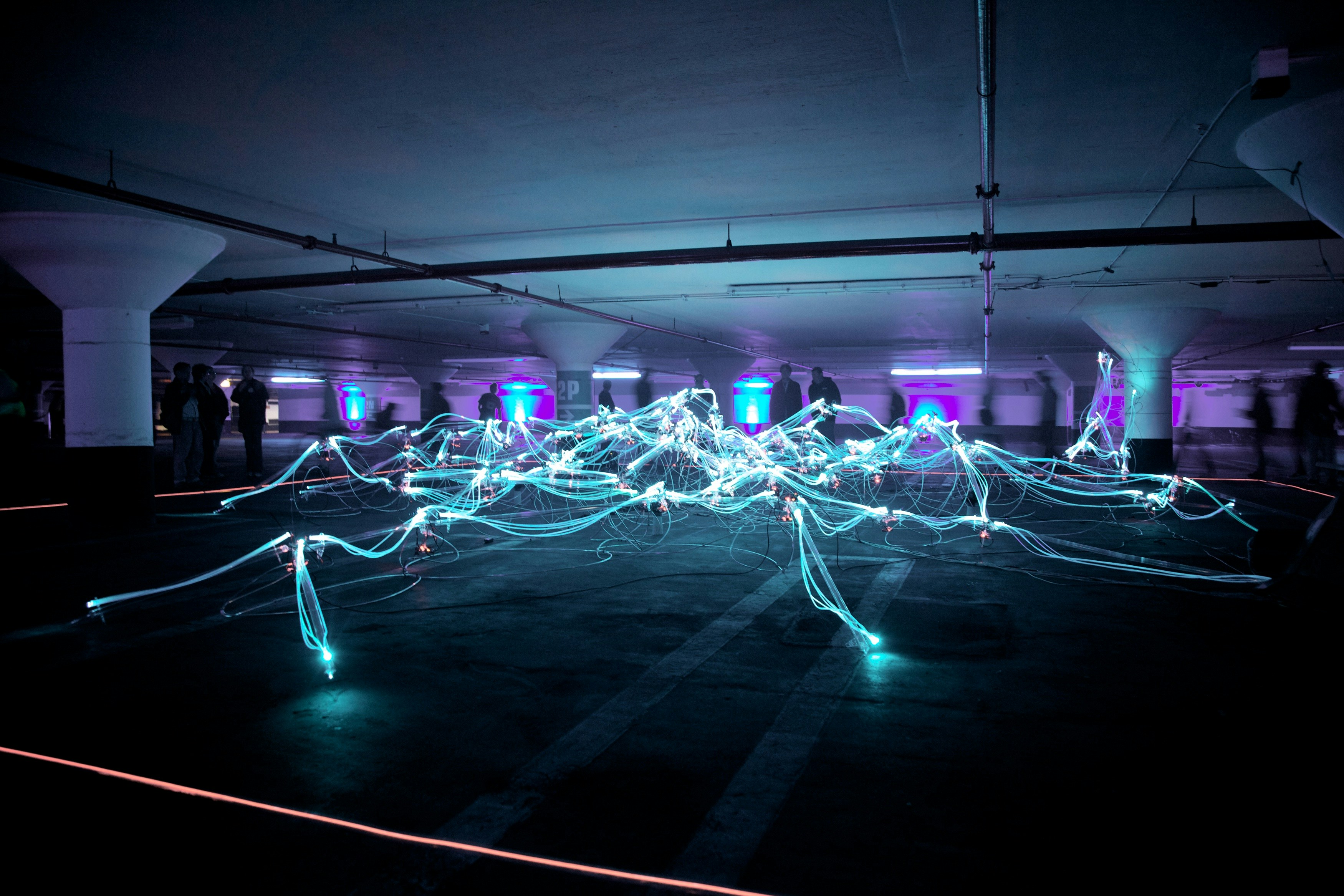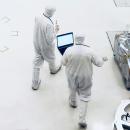
Software for space digitalisation
Along with the work on hardware, which we have discussed in detail in the previous article, Astra is also involved in the creation of software that is particularly innovative and relevant to the space sector. This is what the second work package is dedicated to.
Again, an asset of the project is the involvement of personnel with cross-cutting characteristics, from both the research and industry sectors, international and with diverse skills. The idea behind this entire part of the spoke is that the space sector, like other fields, needs to be digitized in a widespread manner. The work package is structured into three activities, focusing on as many key aspects of digital software innovation.
The first activity deals with the construction of an infrastructure that will make the entire life cycle of certain devices used in the space industry digital and virtual. It focuses in particular on the technology of the so-called digital twins, of which two different versions will be implemented during the course of this project. Digital twins are virtual replicas of physical resources (which can be systems, devices, processes as well as people, depending on the specific case). A number of useful interventions can be made through them. For example, the digital twin is able to make predictions about possible future malfunctions of the physical component and thus do predictive maintenance, that is, maintenance based on this anticipation.
Other functions that digital twins can perform are virtual risk assessments and even team training. This way they could replace some structures that are currently very expensive but necessary for the supply, maintenance and skills acquisition. Another interesting potentiality of this technology is to "decouple" software elements from hardware elements. This distinctive operation has advantages because, by being able to treat the two elements separately, possible integration problems can be anticipated at an early stage.
The second activity is structured around an absolutely crucial issue regarding intelligent and autonomous systems. That is reliability, which also includes software resilience and security. These cross-cuttingly important elements are critical in spacecraft because of their particularly stringent certification requirements. In particular, the action includes the introduction of machine learning and artificial intelligence systems, as well as various additional on-board services, also made possible by the computational power of the Gran Sasso Science Institute's space processors. In order to increase software reliability, various possible methods and approaches will be tested. The ultimate goal is to integrate the inherently essential aspect of machine autonomy and intelligence: it is necessary, in fact, that at the same time ground control is guaranteed. The machine, in other words, cannot be intelligent and autonomous but at the same time not be reliable, safe and controllable from a human perspective. The validation will be carried out with the Crystal Eye, the space sensor we have already talked about while recounting the activities planned in the first work package.
Finally, the last of the three activities is geared toward innovating the relationship between platform and payload, in terms of software. Payload refers to the load capacity of the spacecraft, that is, the mass it can carry, be it cargo, passengers, or equipment. Thus, the central goal is to combine these two aspects and work on a single software platform that encompasses both simultaneously.
Thus, the resulting platform will have a hybrid character and will also be capable of operating in orbit. Many different methodologies and technologies will be employed to carry out these operations, particularly those related to the aforementioned artificial intelligence.
Photo: Marius Masalar (licenza)

